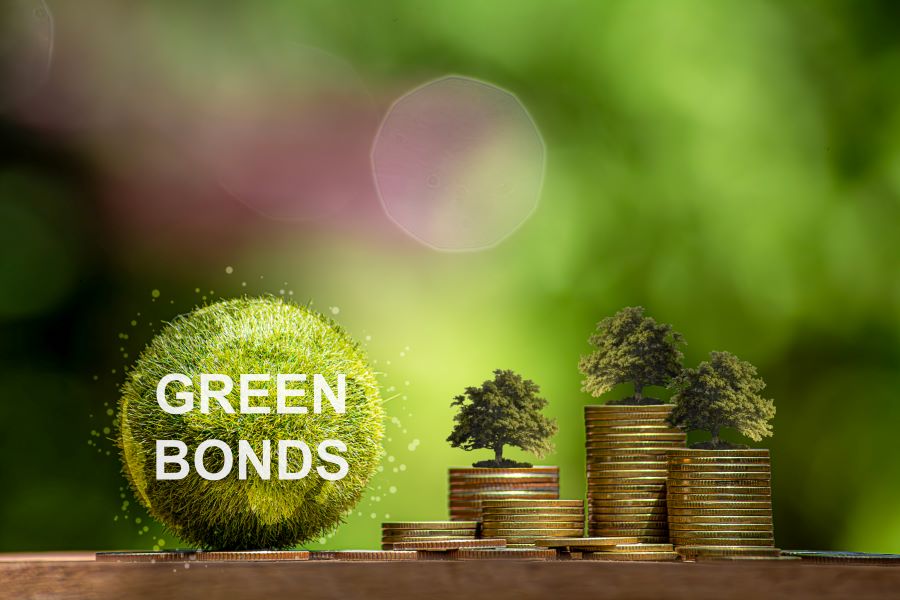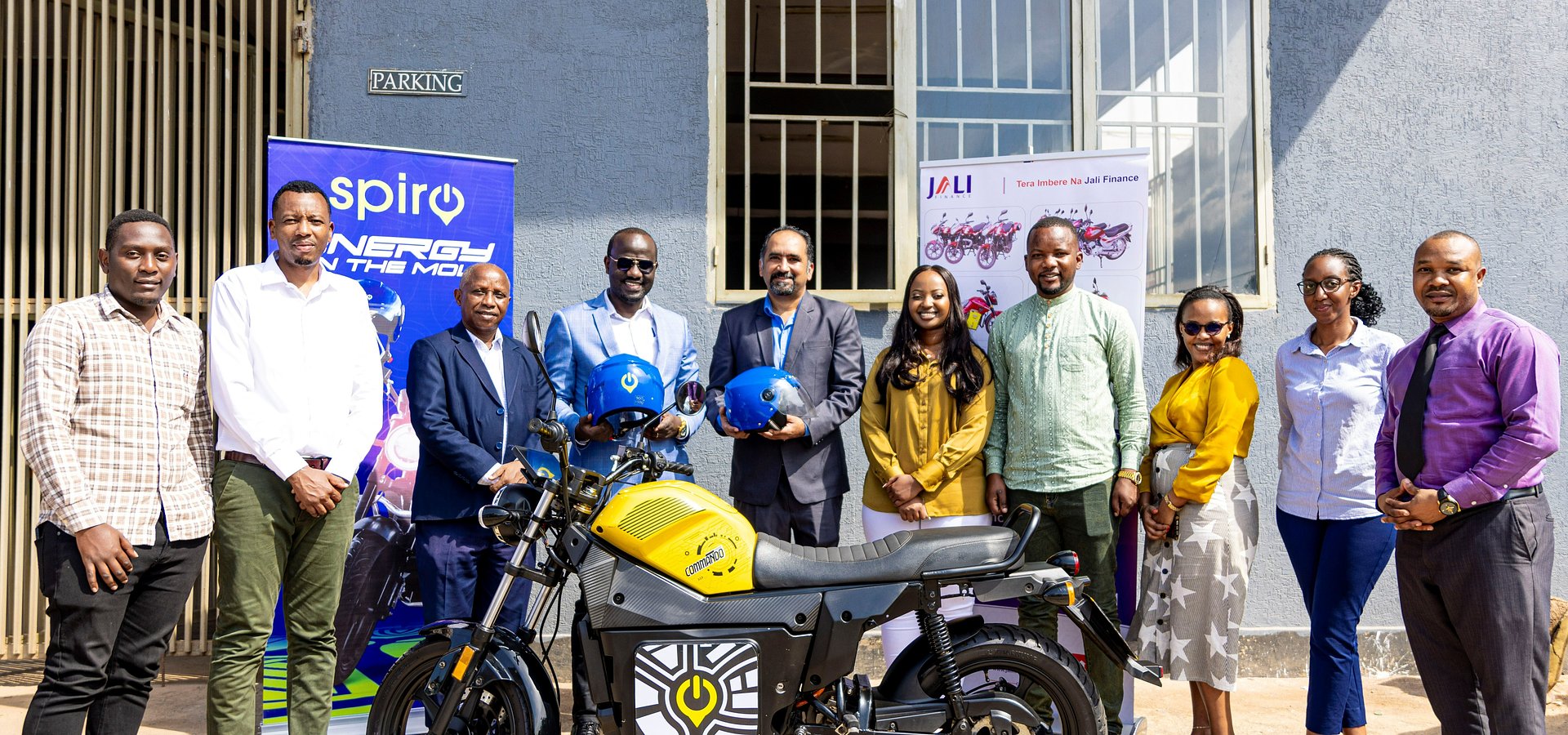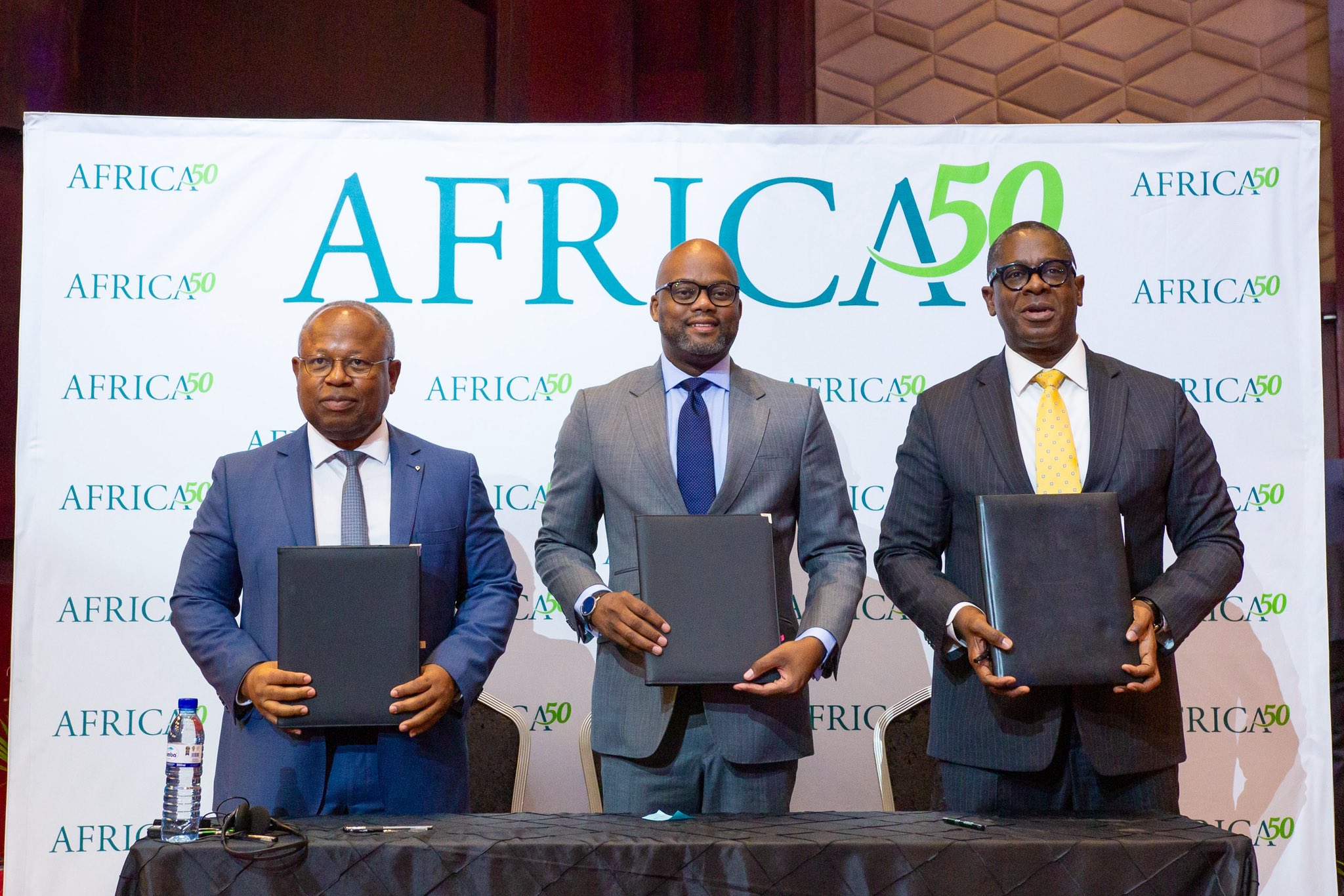As climate pressures intensify and capital flows increasingly favour sustainability, green bonds have evolved from limited instruments into essential tools for funding climate-resilient growth.
Kenya has embraced this shift, positioning green bonds at the centre of its transition to low-carbon development. Whether you’re a first-time investor or a seasoned analyst exploring East Africa’s green finance landscape, understanding how Kenya’s market works is crucial.
This guide breaks down the essentials, from the origins of the market to how you can invest today, the benefits and risks, and what to expect in the years ahead.
Understanding Green Bonds in the Kenyan Context
Green bonds are conventional fixed-income securities whose proceeds are ring-fenced for environmentally beneficial projects, ranging from renewable energy and efficient buildings to climate-smart infrastructure.
Their distinguishing feature is transparency: issuers must disclose how funds are used, and many seek independent verification from organisations like the Climate Bonds Initiative.
Globally, green bond issuances surpassed $500 billion in 2024, reflecting growing investor demand for sustainable assets. In Kenya, they have become a creative answer to the country’s $55 billion green financing gap, tied to its obligations under the Paris Agreement.
For investors, the appeal is twofold: competitive yields and the satisfaction of directly capitalising projects that reduce emissions, conserve resources, or boost climate resilience.
How Kenya’s Green Bond Market Evolved
Kenya’s journey began in 2019 with a coordinated push from regulators and development partners. The Kenya Green Bond Programme supported by FSD Kenya, the UK government, NSE, and key financial institutions created the frameworks and guidelines that underpin the market today.
The Capital Markets Authority (CMA) published its Policy Guidance Note, and the Nairobi Securities Exchange (NSE) created a Green Bond Segment to facilitate listings.
The catalyst was the landmark Acorn Holdings issuance:
The 2019 Milestone
Acorn’s KES 5 billion, five-year green bond became East Africa’s first certified green bond and remains the defining case study of Kenya’s green finance capabilities.
Carrying a 12.25% yield, it funded eight energy-efficient, EDGE-certified student housing developments in Nairobi.
The impact was concrete, with more than 7,000 green beds, 980 direct jobs (41% held by women), and a reduction of 142.93 tCO₂e annually per property.
The bond’s success was partly due to a partial credit guarantee from GuarantCo, which helped boost subscription levels; its second tranche was oversubscribed by 46%.
The government also sweetened the market with a major incentive: green bond interest is exempt from withholding tax, unlike ordinary corporate bonds.
Since then, Kenya has seen slow but steady progress, with annual issuances averaging USD 23 million by March 2025.
Although this trails larger markets like South Africa and Nigeria, Kenya remains an important innovator thanks to strong private-sector interest and support from development finance institutions.
The Current Market Landscape: Issuers and Opportunities
While the Kenyan green bond market is still relatively small, it is gaining momentum. As of November 2025, offerings remain limited, but new programmes, especially Safaricom’s multi-instalment note, are expanding the pipeline.
Kenya Green Bond Issuances and Pipeline (as of Nov 20, 2025)
| Issuer | Bond Details | Purpose | Status |
|---|---|---|---|
| Acorn Holdings | KES 5bn, 5-year, 12.25% yield (2019) | Funding for eight green student housing projects with renewable energy and water-efficiency features | Matured 2024; limited secondary trading persists |
| Safaricom PLC | Up to KES 40bn MTN programme (approved Nov 7, 2025), including green, social, and sustainability notes | Green infrastructure, including converting diesel-powered sites to solar | Upcoming; expected early 2026 |
| Government of Kenya | Mid-2025 sustainability-linked bond (size undisclosed publicly) | Climate resilience, afforestation, and adaptation | Issued; strong global investor demand |
| Private/DFI-Backed Notes | USD 1–5m issuances (various) | Off-grid solar, clean cookstoves, and efficiency projects | Issued 2024–2025; most not NSE-listed |
How New Investors Can Enter the Market
While green bonds remain less common than traditional government securities, investing in them is straightforward for local and foreign investors. The process largely mirrors that of purchasing any Kenyan corporate bond, with the added advantage of tax incentives.
Most investors follow five key steps:
- Get informed. Review NSE’s green bond resources, CMA guidelines, and frameworks published by the Kenya Green Bonds Programme.
- Open the necessary accounts.
- A CDSC account holds your securities digitally.
- A brokerage account with a licensed NSE member enables trading.
3. Choose your bond.
Investors can either subscribe during a primary issuance often the cheapest entry point or purchase on the secondary market through their broker.
4. Execute the purchase.
Bond trades follow the standard T+3 settlement cycle.
5. Monitor performance and impact reports.
Annual updates detail environmental outcomes and use of proceeds.
Foreign investors may invest through local custodians or offshore accounts. Kenya’s easing of FX controls for sustainable finance has made cross-border participation far simpler than in previous years.
READ ALSO:
The Future of Green Bonds in Kenya
Why Investors Are Paying Attention: The Key Benefits
The advantages of Kenyan green bonds mirror those seen worldwide, but with local twists that amplify their appeal.
Financially, the yields are competitive, typically between 12% and 15% for medium-term notes, in line with Kenya’s sovereign curve after accounting for inflation.
Acorn’s bond performed predictably throughout market volatility, which strengthened investor trust.
Beyond returns, investors gain exposure to projects that produce measurable environmental and social gains.
These range from cleaner energy systems to resource-efficient buildings and job-creating local developments. For institutions with environmental, social, and governance (ESG) mandates, green bonds tick compliance boxes while offering stability.
The withholding tax exemption is an especially powerful incentive, improving after-tax yield by roughly 15% for Kenyan investors.
Risks You Should Understand Before Investing
No bond market is without risks, and Kenya’s is no exception. The most significant risks include:
- Credit risk, illustrated by past corporate bond defaults in Kenya.
- Liquidity risk, since green bonds still trade in low volumes on the NSE.
- Greenwashing, which occurs when issuers mislabel ordinary projects as green, is mitigated by certification by CBI or ICMA.
- Interest rate fluctuations, especially relevant as the CBK maintains a high benchmark rate of 12.5% in 2025.
- Macro and FX exposure, particularly for foreign investors facing shilling depreciation and inflation swings.
These risks don’t eliminate the opportunity but underline the need for due diligence. Many financial advisers recommend keeping green bonds at 10–20% of a diversified Kenyan portfolio until the market deepens.
What the Future Holds: A Market on the Verge of Scaling
Kenya’s green bond market is positioned for expansion. The government is preparing a landmark USD 500 million sustainability-linked bond for March 2026, tied to emissions reductions and rural electrification, a first of its kind globally.
The Central Bank’s green taxonomy, launched in April 2025, will also standardise reporting and classification across the financial system, making it easier for investors to track legitimate green assets.
Analysts project that annual green bond issuances could grow to KES 91 billion within a decade as blended finance models mature and as private issuers like Safaricom normalise multi-tranche sustainable finance programmes.
The challenges are real, including high issuance costs, a thin secondary market, and the need for more domestic credit enhancement but the direction is unmistakably upward.
A Market Worth Watching and Entering
Kenya’s green bond market blends impact and income in a way few emerging markets can. For investors seeking exposure to East Africa’s sustainable development story, the timing is ideal.
Regulatory support is strong, investor appetite is deepening, and high-yield opportunities remain accessible even to middle-income retail investors.
As with any investment, start small, monitor developments closely, and ensure you understand the underlying project. But for those ready to align returns with responsibility, Kenya’s green bonds offer one of the continent’s most compelling entry points into sustainable finance.
Disclaimer: This guide is for informational purposes only and does not constitute financial advice. Always consult a licensed professional before making investment decisions.
Ronnie Paul is a seasoned writer and analyst with a prolific portfolio of over 1,000 published articles, specialising in fintech, cryptocurrency, climate change, and digital finance at Africa Digest News.






